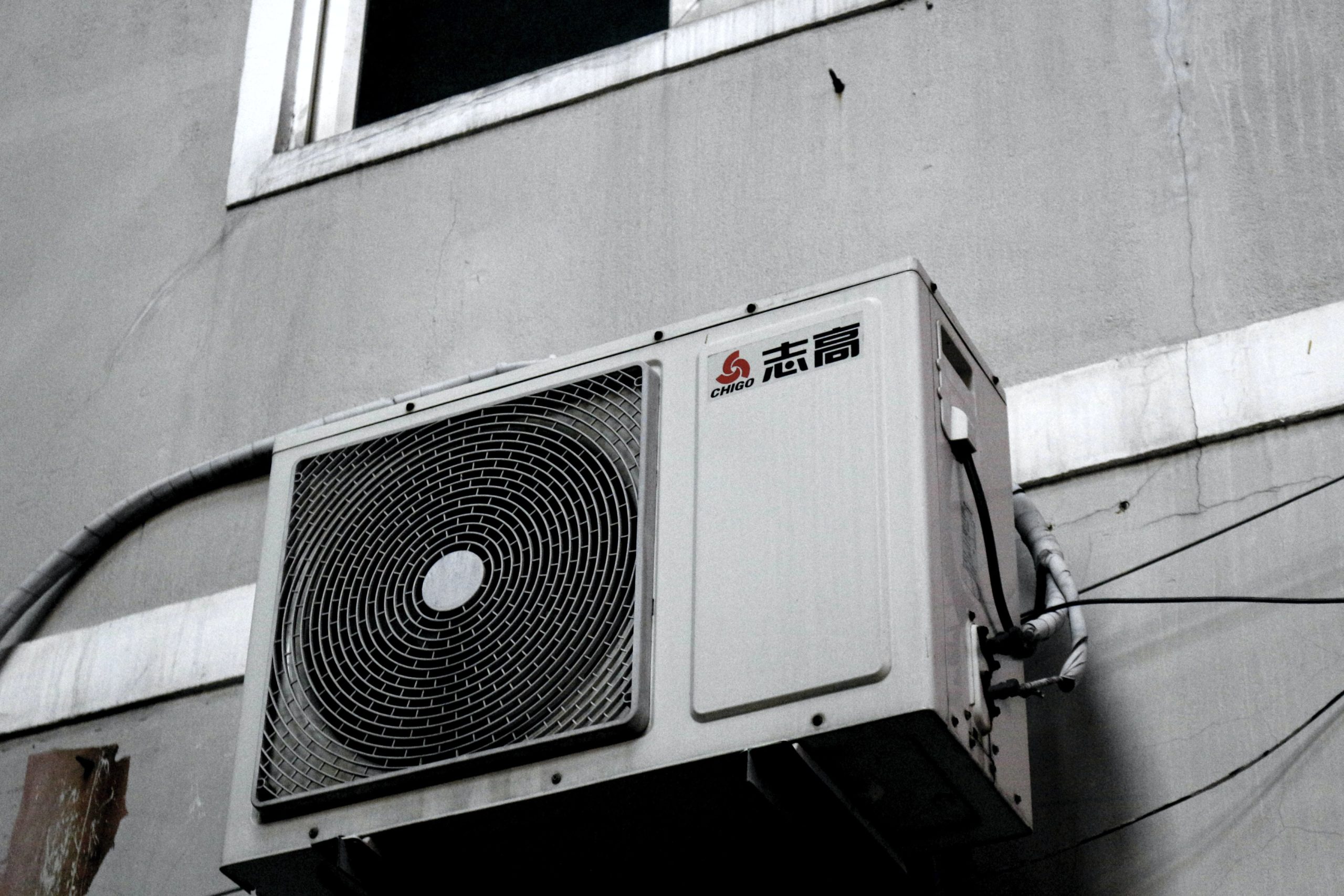New SEER ratings and more price increases…
New SEER ratings and more price increases…
Since we’re a company dedicated to healthy indoor air, we’re going to talk about SEER in relation to heating and air conditioning, not a person who can “see” the future! However, we can see price increases coming because new regulations are soon coming into effect...
SEER stands for Seasonal Energy Efficiency Ratio, and it gives you an idea of how efficient your cooling system is. For example, how much cooling do you receive for the amount of electricity used? As the SEER number increases, the electricity used to achieve the same cooling will decrease proportionately. This means that a 12 SEER unit will cool your home using half the energy of a 6 SEER, and a new 13 SEER system is about 30% more efficient than a 10 SEER from the early 1990s. (howtolookatahouse.com)
The Department of Energy (DOE) regulates the minimum SEER ratings that may be sold and installed, and these ratings increase every few years as technology evolves so that energy usage decreases. For example, the minimum SEER for southern US states will increase beginning in January 2023, from 13 to 14. It is part of a new rating system called SEER2, which involves a new M1 testing procedures. As a consumer, you probably don’t want to know the specifics of the testing, but it does more accurately represent the real-world applications (seer2.com)
This regulation essentially causes a mandatory “upgrading” of new HVAC systems. It also contains legislation that splits the country into North, South and Southwest regions, each of which have different requirements about installing “older” units. For example, in regards to residential split-system air conditioners, in the South and Southwest, HVAC companies cannot continue to “sell through” their older units. In these areas, all noncompliant equipment must be sold for installation prior to January 1, 2023 or shipped to the North for installation. In the North, as long as it’s been manufactured prior to January 1, 2023, they can continue to install it. (fieldedge.com).
As a resident of the “South” region, this requirement to sell or ship is definitely affecting new AC prices, as I was warned by my local HVAC installer that prices will go up 15-20% at the beginning of 2023!
Ok, so how do I know what I’m upgrading to?
There are a number of ways to find out the SEER of your current air conditioner, even if the yellow and black sticker is long gone. From the model and serial numbers, I can tell the date of manufacture, the SEER rating, and the “tons” of capacity on the The Rheem unit on my home.
So, if I have a SEER 13, the same cooling capacity in a 14 SEER system should gain 8% efficiency, or cost me 8% less to run (13/14 = 92%). However, if you are replacing your home unit, there are more reasons to upgrade further.
Controlling humidity
According to Trane.com, higher SEER units often have 2 components that provide greater indoor comfort.
2-stage or variable-speed compressor
Variable-speed blower
Air conditioners with lower SEER ratings are usually single-stage and only run on one speed. This means they’ll frequently turn on and off during mild weather and you’ll experience uneven cooling or hot and cold spots. You’ll also experience higher humidity levels which makes it feel hotter than it is. Your A/C needs to run for a long period of time to remove humidity from your home’s air.
Tax incentives: US legislature was recently signed to extend tax incentives to 2032. At energystar.gov there is guidance on obtaining a $300 tax credit for split and package air conditioning systems, as well as air source heat pumps.
Local Electric Company incentives: If you go to the website of your local electric company, there may be details online about rebates for upgrading your home HVAC equipment.
What does this mean for us as homeowners? If you are thinking of replacing or upgrading your AC or heat pump, inquire with a local installer in 2022 about pricing and energy usage for higher SEER equipment. Depending on where you live in the US, you may wait to have it installed in 2023, but you can’t save unless you know, and you can’t know unless you ask!


